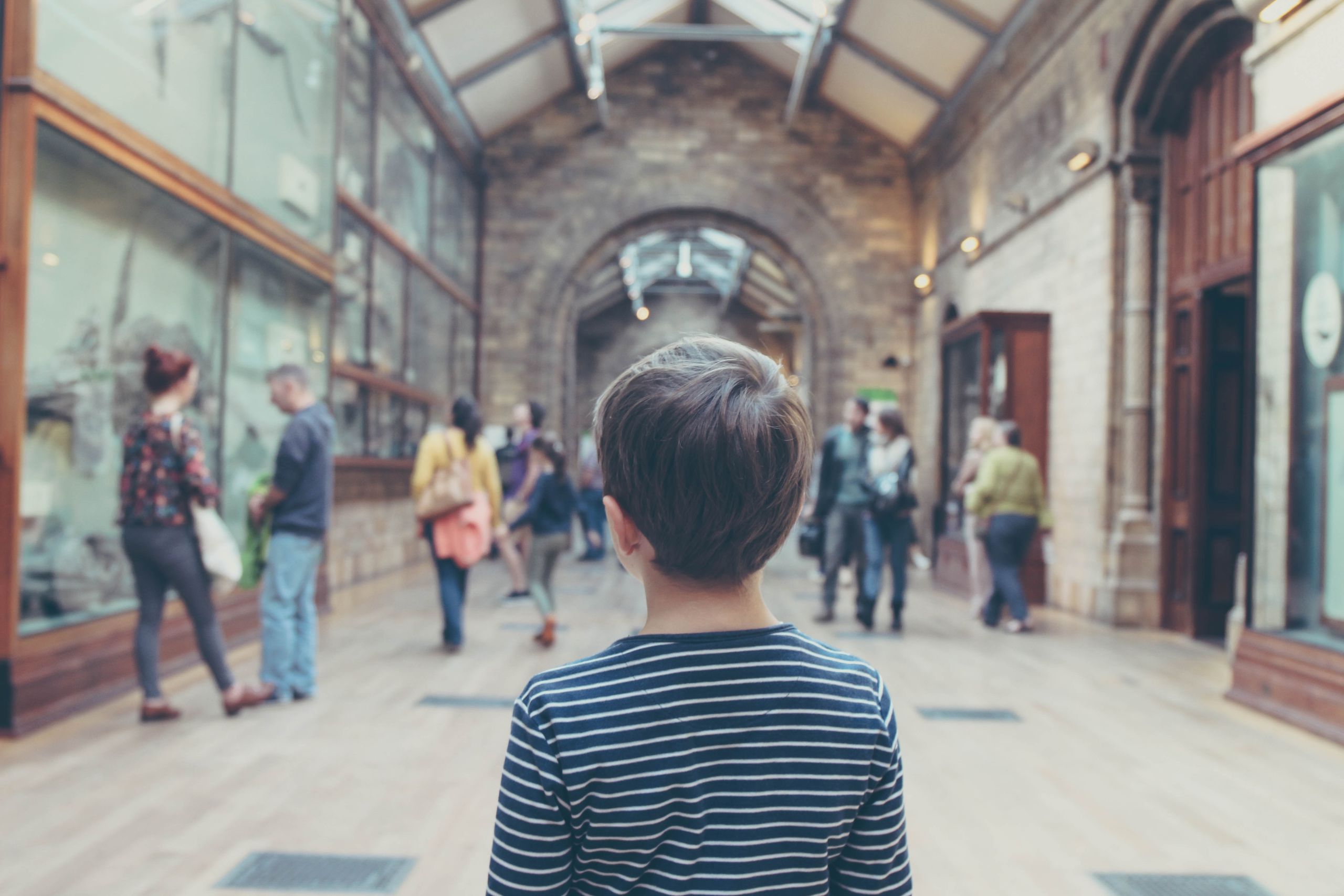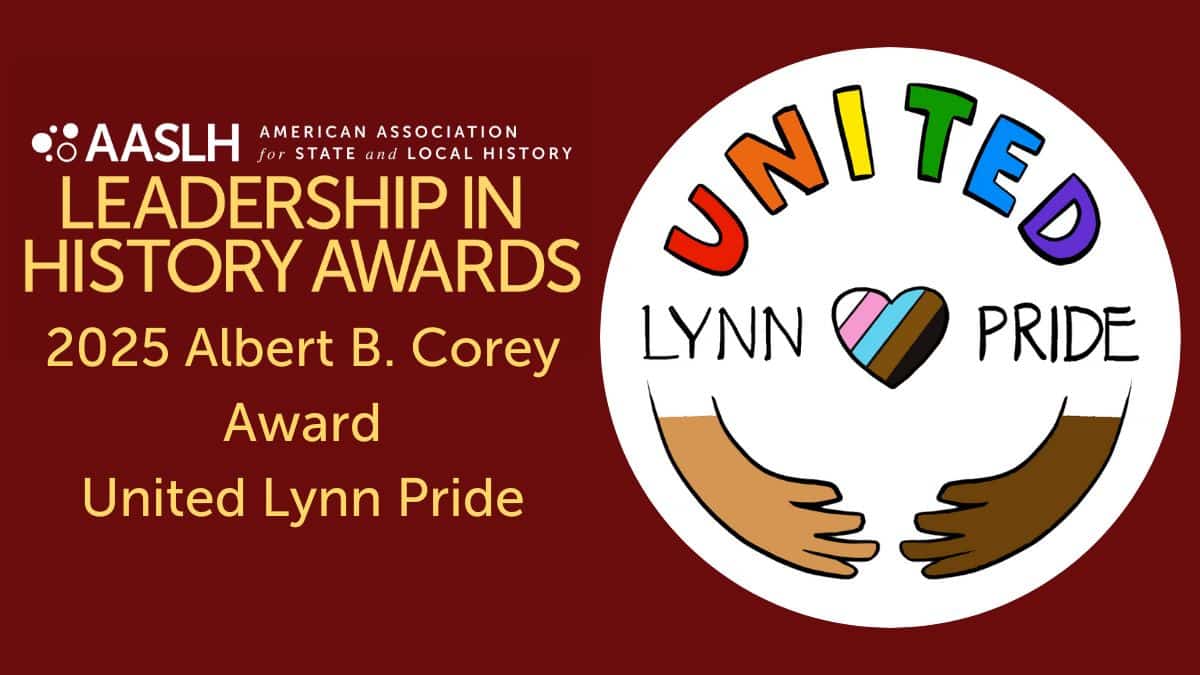
At AASLH’s 2017 Annual Meeting in Austin, Texas, museum evaluation expert and History Relevance initiative contributor Conny Graft organized a session titled “When I say ‘History’ You Say … ‘What?’ to learn how Austin-area nonprofit leaders thought about history. In one of the more memorable sessions I’ve experienced in my time at AASLH, that conversation revealed that when historians and museum professionals talk about history, what we say isn’t always what the public hears.
Last year, AASLH received a grant from the Andrew W. Mellon Foundation to research and solve this vexing problem. Working with researchers at the renowned FrameWorks Institute, along with partners at the National Council on Public History (NCPH) and the Organization of American Historians (OAH), the “Framing History with the American Public” project set out to accomplish three major goals: 1) to identify the gaps between experts’ and the public’s understanding of what history is and why it’s valuable to society; 2) to develop and test new communication strategies for solving those challenges; and 3) to create and deploy tools and resources to train history professionals in all sectors of our field to communicate more effectively with the public.
After extensive research over the past fourteen months, we have already completed the first of these goals. We’re excited today to share “Communicating about History: Challenges, Opportunities, and Emerging Recommendations,” a report detailing the findings from our first phase of research. In the project’s first phase, FrameWorks researchers conducted interviews and feedback sessions with about twenty history experts from museums, historic sites, academic institutions to identify how history professionals explain what history is and why it’s valuable. Next, they conducted in-depth, two-hour interviews with a diverse range of Americans to identify how the public thinks about those same questions. Finally, they “mapped the gaps” between those two ways of thinking about history and used them to identify the challenges and opportunities history professionals face when communicating about history with public audiences.
These challenges can help history professionals working in a wide range of contexts better understand how members of the public might interpret their messages. One of the report’s major findings is that most Americans “don’t have a clear sense of who historians are and what they do. They reason that historians are like ‘journalists of the past’ who should be reporting on past events ‘exactly as they happened.’ They assume that, for most people, history is a non-essential hobby.” More specifically, our research has identified eight major challenges we face when communicating about history:
- The public thinks of history as a series of chronological events driven by the actions of key individuals.
- The public believes that history is about recording and documenting “just the facts.”
- People can’t tell the difference between rigorous analysis and personal opinion.
- People think that learning about the past means absorbing facts and figures.
- There is a belief among the public that mainstream (i.e., white male) historical narratives are the default that everyone has to learn, while narratives of historically oppressed peoples are “extras” that are, in principle or practice, unnecessary for everyone to learn.
- Many members of the public are reluctant to learn or talk about painful or troubling things that happened in the past, particularly to historically oppressed groups.
- The public sees history as a non essential hobby.
- People are fatalistic about the possibility of improving how history is taught in schools.
Though many of these challenges look familiar—who hasn’t encountered a visitor (or family member!) who thinks history should be “just the facts,” after all?—this research provides some major steps forward for our field. For the first time, our understanding of the difficulties of communicating history can be built upon empirical research. What’s more, this research has clarified that the communications challenges listed above are unique, discrete problems, making clear that no single solution will solve all of them.
In the “Communicating about History” report, our research team also identifies some initial recommendations for overcoming these challenges. We hope you’ll take the time to read this report and begin to put its recommendations into practice.
But we aren’t stopping there. Over the next year, we will develop and rigorously test a range of framing strategies, like metaphors and analogies, to see how we can most effectively tackle the communications challenges we’ve identified. This time next year, we will have strategies that have been tested and proven to help the public better understand, for example, the difference between interpretation of evidence and personal opinion, or the value of building more inclusive historical narratives.
In the third year of the grant (2021-22), we will shift our attention to disseminating our findings and training history professionals how to put them into practice. Through webinars, workshops, online courses, and other formats, we will partner with colleagues around the field to inform and train history professionals and volunteers in a wide range of contexts how best to communicate about history.
As we approach the 250th anniversary in 2026, we believe this project will help historians, museum professionals, educators, and others take full advantage of that once-in-a-generation opportunity to reintroduce history to the public.
Questions about the project or ideas about how to share its findings? Contact John Marks, Senior Manager, Strategic Initiatives at AASLH ([email protected]).



